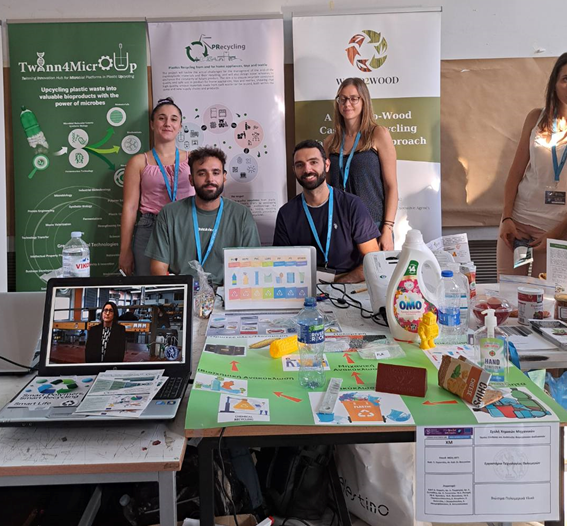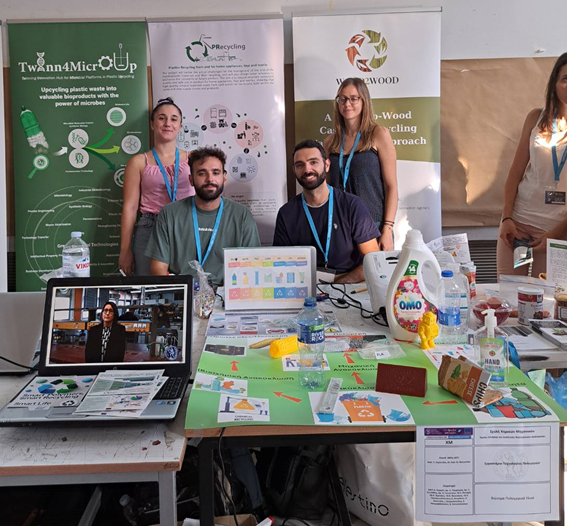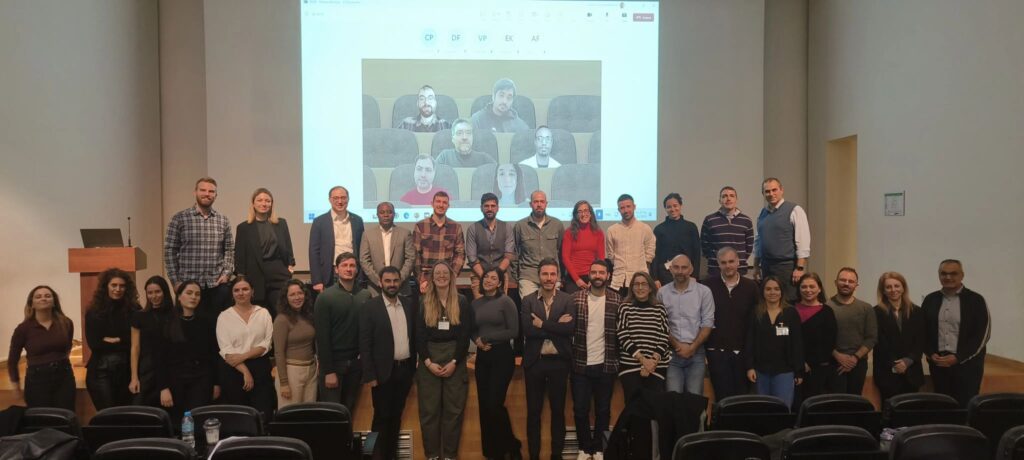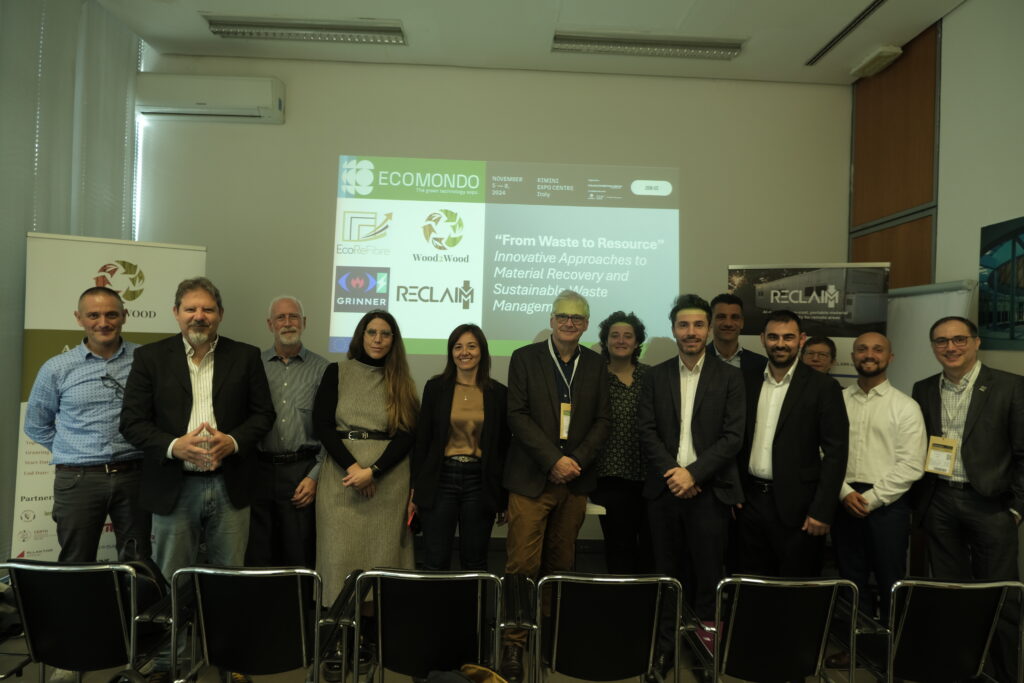
What does pasta and PLA (biodegradable polymers) have in common?
They are both derived from the same initial source: wheat!
Imagine explaining this linkage to kids, and you have task cut out for you!
Researchers at the Laboratory of Polymers Technology (NTUA-LPT) had a field day at the Researchers’ Night, a pan-European initiative held in more than 400 European cities, sharing their areas of research with all interested parties. The event brings together scientists from universities and research centers to showcase innovations, advancements, and the real-world benefits of research to kids, citizens, and young people.


In Greece, the event took place in Athens.
To this end, researchers at NTUA organised live interactive experiments, presentations and games. Among other activities, a tabletop game was created to communicate the scope of the Wood2Wood project, which falls under the ambit of “technologies for stabilising-enhancing biodegradable polymers (PLA) derived from renewable raw materials with additives from natural residual sources (wood waste)”. The tabletop game focused on the lifecycle of PLA, starting from the raw materials, such as corn, to the final product, i.e. a 3D-printed pencil holder.

Did you read our highlights from the Plenary meeting in Thessaloniki earlier this month?
Read here
It emphasised environmental safety, sustainability, and the concept of the circular economy (e.g., recycling stages of residual streams). In this game, each child would roll a die and move forward the corresponding number of steps on the board. Then, the researcher would explain all the stages the child passed through, teaching them something new at every step. The aim was to simplify the fact that PLA is a biodegradable plastic made from lactic acid, which is derived from natural sources, specifically fermenting starch-rich crops such as corn, wheat or potatoes and thus, it is more eco-friendly (W2W advantage).
Interestingly, when explaining PLA to kids, researchers made the link between pasta and PLA because both are derived from the same initial source (aka. wheat). At the same time, a polymer like PLA (an aliphatic polyester) has long chains that can be optically compared to pasta. Thus, the connection is more easily communicated to kids.

W2W project at Ecomondo in Italy in November. Our project collaborated with other EU-funded projects on Innovative Approaches to Material Recovery and Sustainable Waste Management.
Read more here
In addition to the tabletop game, there was a promotional banner and brochures, summarising the goals and activities of the project for older participants and fellow scientists.
Laboratory of Polymers Technology (NTUA-LPT) is a consortium partner in the Wood2Wood project. To know more about their work, follow them here.
